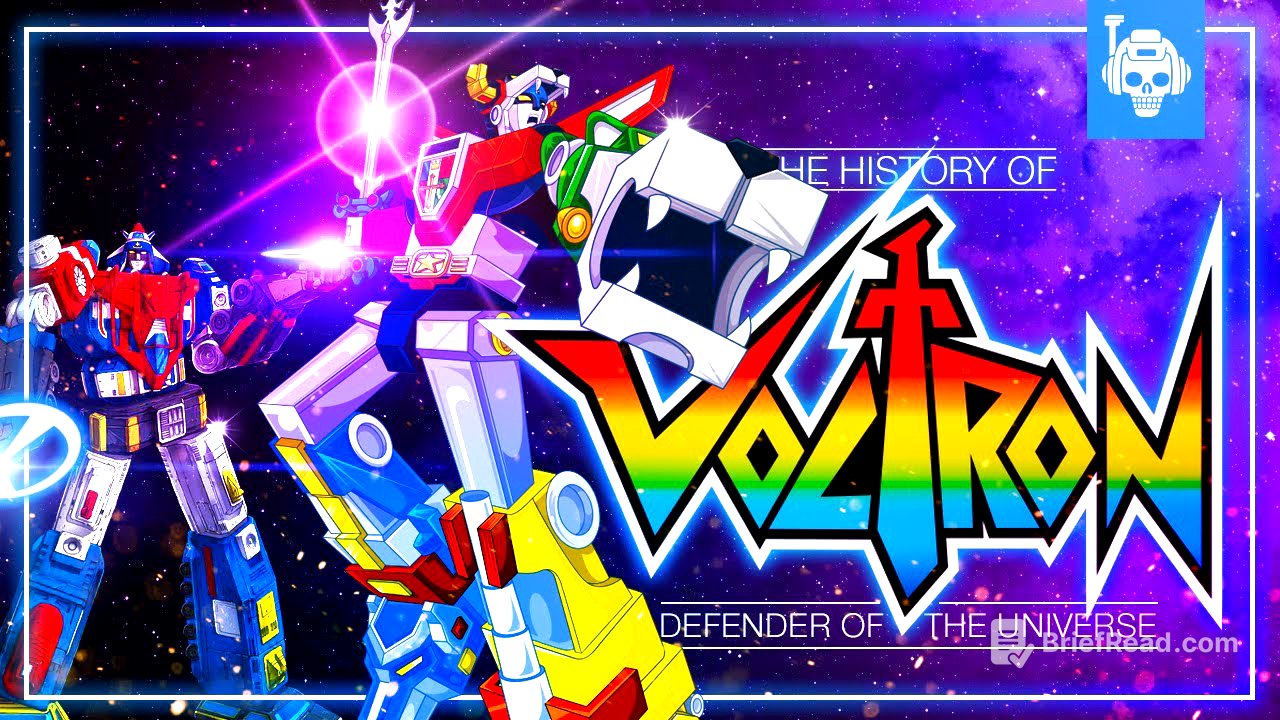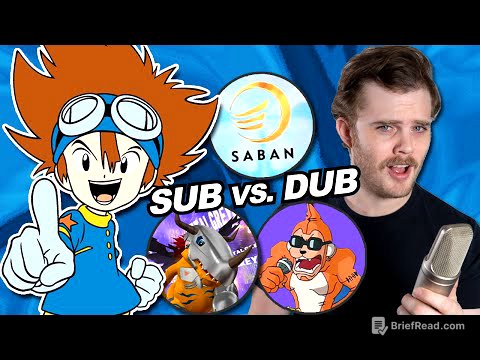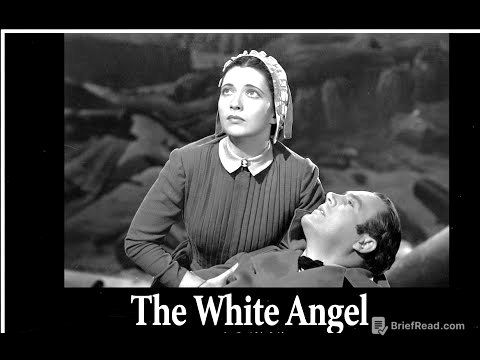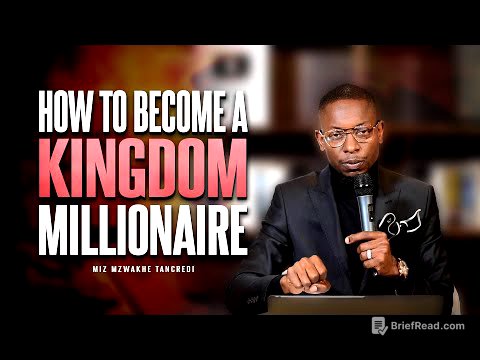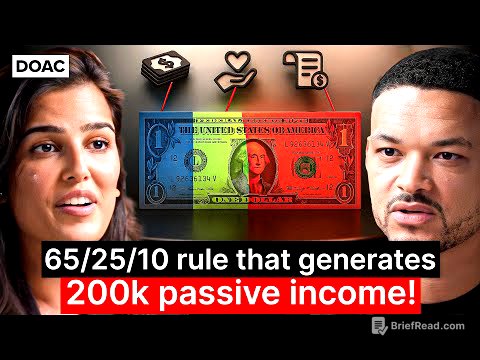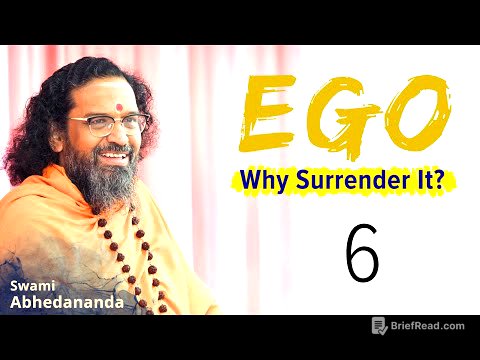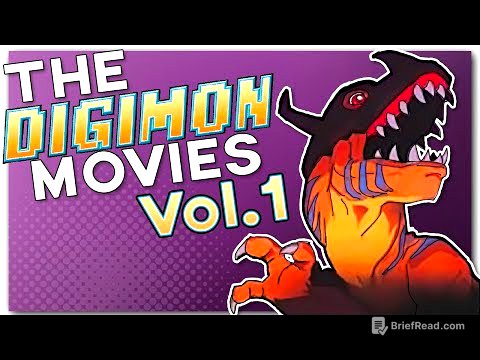TLDR;
This video explores the history of Voltron: Defender of the Universe, from its origins as a combination of unrelated Japanese anime series to its rise as a pop culture icon. It covers the creation of World Events Productions, the acquisition and adaptation of "GoLion" and "Dairugger XV," the challenges of unifying disparate narratives, and the success of the Voltron toy line. The video also discusses later attempts to revive the franchise, including the "Voltron: The Third Dimension" series and various film projects, culminating in the "Voltron: Legendary Defender" reboot on Netflix.
- The show was created by combining footage from multiple Japanese anime series.
- The name "Voltron" came from a combination of "Voltar" and "Klystron".
- The original series was a ratings success and spawned a popular toy line.
Intro [0:00]
The video introduces Voltron: Defender of the Universe, highlighting its impact on pop culture and its unique origin story. The show's creation involved combining elements from different Japanese series, resulting in a brand that became a recognizable icon and introduced a team-building concept into the English language.
Sponsor: 80stees.com [0:48]
The video is sponsored by 80stees.com, an online store specializing in merchandise inspired by the 1980s and other decades of pop culture. The store offers a wide range of products, including clothing and accessories featuring movies, cartoons, video games, superheroes, and music. The sponsor provides a discount code "TOYGALAXY" for 30% off orders.
Voltron: Defender of the Universe Overview [1:43]
The video revisits the history of Voltron, focusing on the original "Voltron: Defender of the Universe" series. The series consists of 124 episodes produced by World Events Productions, which aired from 1984 to 1985. The show features two main versions of Voltron: Lion Voltron, composed of five space-faring adventurers piloting robot lions, and Vehicle Voltron, composed of 15 space-faring adventurers piloting air, sea, and land vehicles. The series combines elements from multiple Japanese series and was intended to be a trilogy.
The Origins of World Events Productions [4:20]
In 1980, Edward "Ted" Koppler, working at KPLR in St. Louis, sought to produce original content quickly and affordably. He established World Events Productions, initially focusing on current events and sports. In 1983, Koppler discovered Japanese cartoons and realized their potential for affordable kids' programming by importing, translating, and rebranding them.
Acquiring the Japanese Cartoons [5:28]
Koppler identified three Japanese series: "Lightspeed Electroid Albegas," "Armored Fleet Dairugger XV," and "Future Robot Daltanius." He ordered the rights and materials for these cartoons. However, instead of receiving "Daltanius," they received "Beast King GoLion," a series featuring five robot lions that combine to form a giant robot.
Beast King GoLion [7:36]
"Beast King GoLion" is a 52-episode Japanese animated series that aired from 1981 to 1982. The story involves a god-like giant space robot who is divided into five lions and dispersed across the planet Altea. The series contains more mature themes and content than Western cartoons, including impaling and decapitating space monsters.
Unifying the Narratives and Naming Voltron [8:25]
World Events Productions attempted to unify the three disparate narratives by creating an intergalactic peacekeeping force. They established zones of jurisdiction for each robot: Vehicle Force (Dairugger XV), Gladiator Force (Albegas), and Lion Force (GoLion). The name "Voltron" was created by combining "Voltar" and "Klystron".
Producing the Voltron Series [9:30]
In 1984, Peter Keefe led the team that constructed the pilot episodes and sold the show to 65% of potential markets. The production team faced challenges in bringing the footage together and making it coherent. Death was removed, bad guys were replaced with robots, and characters who died were said to be recovering off-screen. The show was made more American by removing Japanese cultural indicators and dubbing it in English.
Voice Acting and Sound Production [11:28]
Voltron assembled a cast made up of members of the Screen Actors Guild, including voice acting all-stars like Michael Bell, Neil Ross, and Peter Cullen. The dialogue was recorded as an ensemble cast, and Voltron was the second show after the Tonight Show to be produced in two-channel stereo sound.
Broadcast and Ratings Success [12:46]
Voltron featuring the Lion Force was first broadcast on September 10, 1984, and became a ratings sensation by December. World Events worked to finish new episodes, knowing there was a limited amount of GoLion footage. Voltron featuring Vehicle Force was first broadcast on December 14, 1984.
Vehicle Force and the Trilogy Plan [13:06]
Vehicle Force was a stark contrast to Lion Force, adapting "Armored Fleet Dairugger XV." The series followed an exploratory and defense force from an overpopulated Earth seeking new planets. The sudden change from five space lions to 15 ships and abandoning previous characters led to tanking ratings.
Return to Lion Force and Voltron Fleet of Doom [14:22]
World Events commissioned an additional 20 episodes of Lion Force Voltron. By 1985, Voltron was the number one syndicated children's show in the U.S. In 1986, they released "Voltron: Fleet of Doom," a crossover movie featuring Lion Force and Vehicle Force Voltron teaming up against King Zarkon.
Voltron Toys and Merchandise [15:30]
Part of the Voltron plan was to sell toys. GoLion, Dairugger, Albegas, and Daltanius were made to sell toys in Japan. Matchbox licensed the entire Voltron series and delivered figures for all three versions of Voltron. Panache Place released figures for all five Voltron pilots and villains. LJN released an assortment of toys, and there was lots of other licensed merchandise, from bed sheets to Halloween costumes.
Comics and Video Games [18:16]
Modern Comics released a three-issue mini-series based on Lion Force Voltron in 1985. Devil's Due released multiple mini-series and an ongoing series from 2002 to 2007. Dynamite Entertainment rebooted the series again in comics in 2011. Parker Brothers released a board game in 1985, and Voltron: Defender of the Universe was developed by Behavior Interactive and released on the PS3 and Xbox 360 in 2011.
The End of the Original Series and Sabre Rider [19:22]
None of the Voltrons returned for the 1986 television season. World Events rebranded the Japanese animated series "Star Musketeer Bismarck" as "Saber Rider and the Star Sheriffs."
Home Media Releases [19:44]
Voltron was released on VHS and DVD by Media Blasters and Gaiam Vivendi Entertainment. Universal Pictures Home Entertainment released the entire series in 2019. Fleet of Doom was released on DVD by World Events Productions.
Voltron: The Third Dimension and Legal Battles [20:21]
In 1998, World Events Productions attempted to bring Voltron back with "Voltron: The Third Dimension," using computer-generated animation. A legal back-and-forth with Toei resulted in World Events Productions buying the rights to all the Voltron things. In 2007, World Events Productions was working out a deal with New Regency and 20th Century Fox to begin production of a live-action Voltron feature film, which led to further legal complications with Toei.
Failed Movie Attempts and Netflix Reboot [21:38]
Atlas Entertainment picked up the live-action movie rights in 2009, but lawsuits and bankruptcy filings prevented the project from moving forward. DreamWorks Animation at Netflix announced a multi-year development deal that delivered a new Voltron series, "Voltron: Legendary Defender," which ran for 78 episodes over eight seasons.
Voltron's Legacy [22:57]
Voltron has become one of the most recognizable pop culture icons around the world. The term "Voltron" has crossed over into everyday language, used to express an efficient, cohesive team.
Outro [23:55]
The video concludes with a thank you to viewers and sponsors, encouraging viewers to like, subscribe, and check out the channel's Patreon and Twitch accounts. The host asks viewers to comment on which Voltron team they prefer.
